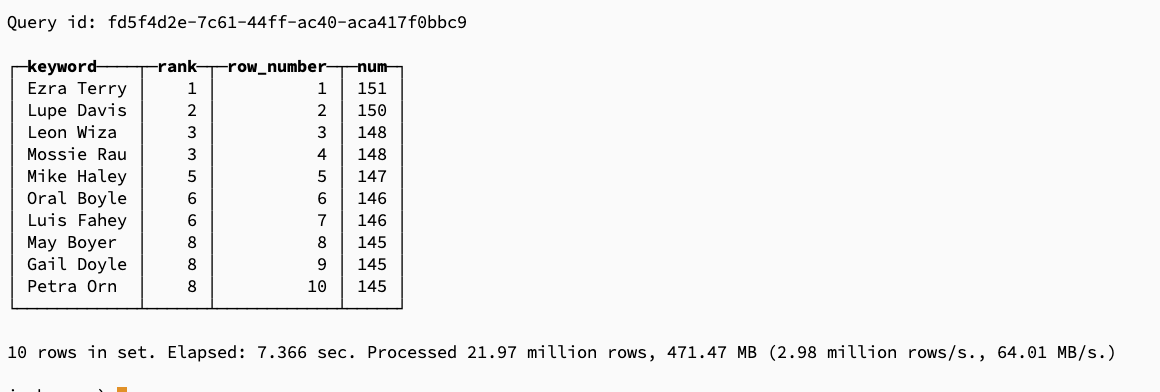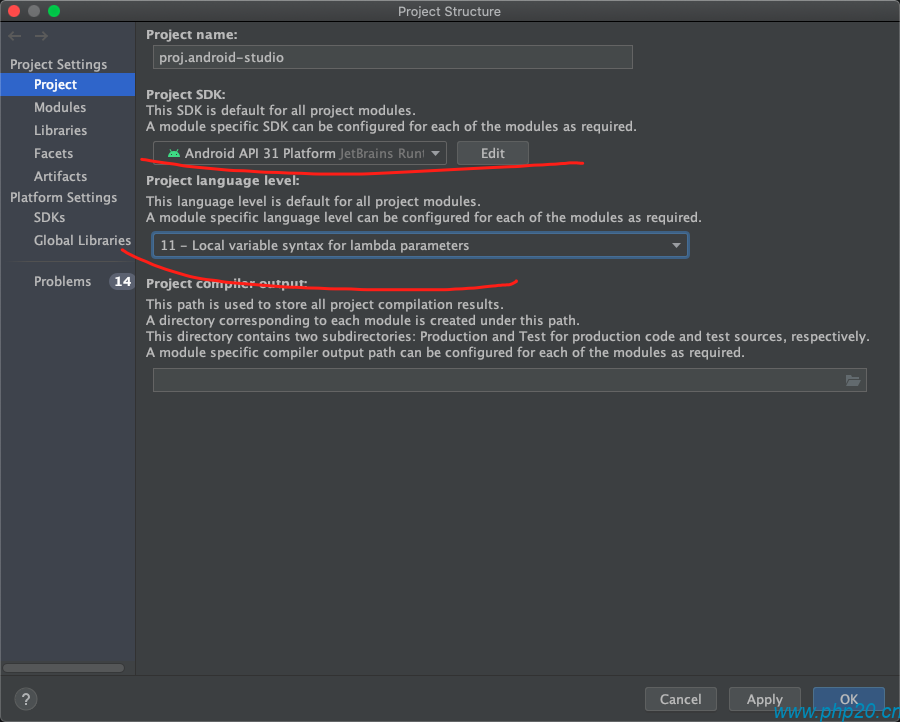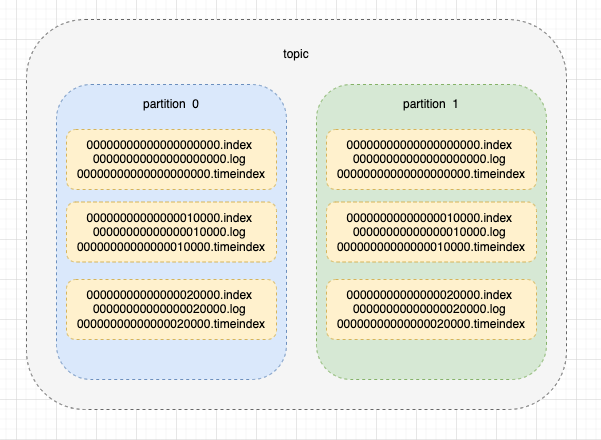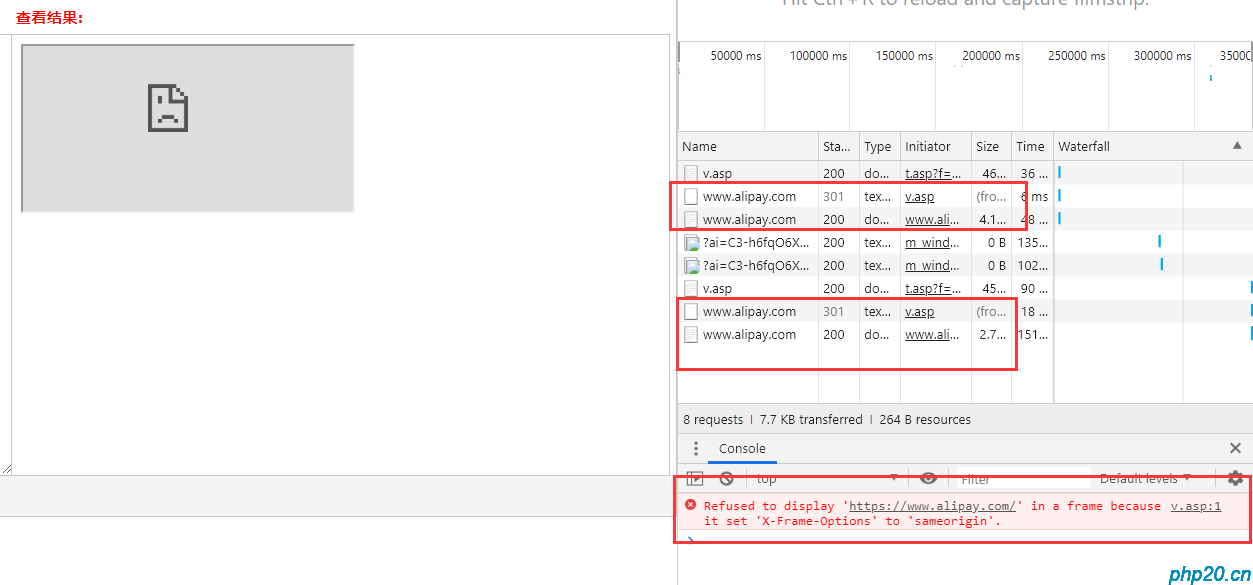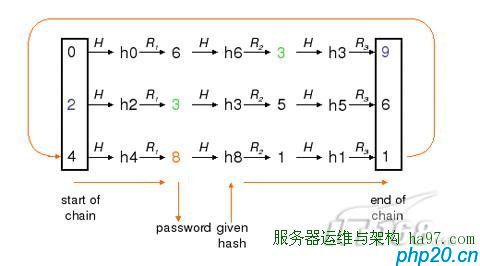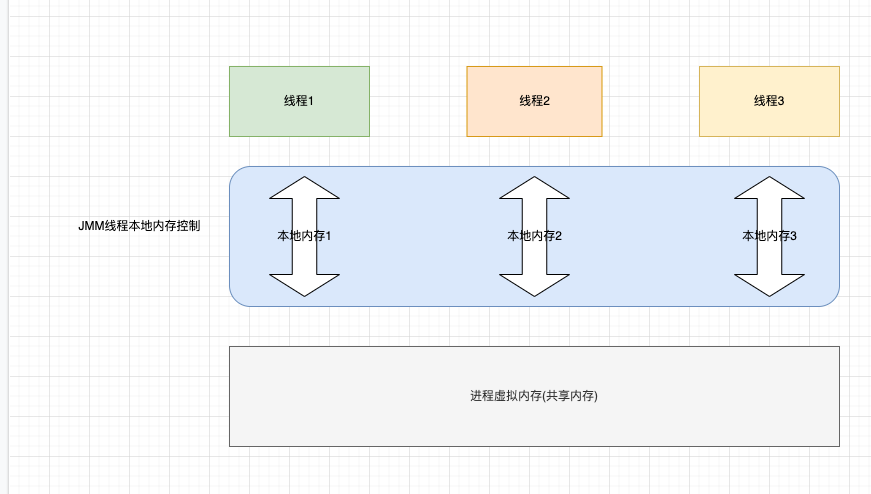java函数式接口
温馨提示:
本文最后更新于 2023年05月11日,已超过 839 天没有更新。若文章内的图片失效(无法正常加载),请留言反馈或直接联系我。
函数式接口
只包含一个抽象方法的接口,称为函数式接口。
这个接口可以使用@FunctionalInterface声明,如果不满足条件,则会报错,可以通过这个方式来判断是否为函数式接口

package org.example;
@FunctionalInterface
public interface MathService {
Double add(double a, double b);
}
可以有额外的defualt关键字方法:
package org.example;
@FunctionalInterface
public interface MathService {
Double add(double a, double b);
default void test(){
System.out.println("test");
}
}
可以有额外的Object的public方法:
package org.example;
@FunctionalInterface
public interface MathService {
Double add(double a, double b);
default void test(){
System.out.println("test");
}
/**
* Object的equals方法
* @param obj
* @return
*/
@Override
boolean equals(Object obj);
/**
* Object的toString方法
* @return
*/
@Override
String toString();
/**
* Object的hashCode方法
* @return
*/
@Override
int hashCode();
}
java的四大函数式接口
Consumer接口
顾名思义,消费式接口,没有返回值,可以接收一个参数进行处理,java的定义如下:
@FunctionalInterface
public interface Consumer<T> {
/**
* Performs this operation on the given argument.
*
* @param t the input argument
*/
void accept(T t);
/**
* Returns a composed {@code Consumer} that performs, in sequence, this
* operation followed by the {@code after} operation. If performing either
* operation throws an exception, it is relayed to the caller of the
* composed operation. If performing this operation throws an exception,
* the {@code after} operation will not be performed.
*
* @param after the operation to perform after this operation
* @return a composed {@code Consumer} that performs in sequence this
* operation followed by the {@code after} operation
* @throws NullPointerException if {@code after} is null
*/
default Consumer<T> andThen(Consumer<? super T> after) {
Objects.requireNonNull(after);
return (T t) -> { accept(t); after.accept(t); };
}
}
除去一个accept方法之后,额外有一个andThen方法,可以实现多次循环调用
public static void main(String[] args) throws Exception {
Consumer<String> c1 = (String s) -> {
System.out.println("c1 consumer:"+s);
};
Consumer<String> c2 = (String s) -> {
System.out.println("c2 consumer:"+s);
};
c1.andThen(c2).accept("111");
}
Supplier接口
Supplier是供给型接口,调用后将有返回值,接口定义如下:
@FunctionalInterface
public interface Supplier<T> {
/**
* Gets a result.
*
* @return a result
*/
T get();
}
可以看出,这个接口跟consumer是可以组合使用的,一个是生产数据,一个是消费数据
public static void main(String[] args) throws Exception {
Supplier<String> s = () -> {
//获取当前的字符串时间
DateFormat df = new SimpleDateFormat("yyyy-MM-dd HH:mm:ss");
return df.format(new Date());
};
Consumer<String> c = time -> {
System.out.println("consumer:" + time);
};
for (int i = 0; i < 10; i++) {
c.accept(s.get());
TimeUnit.SECONDS.sleep(1);
}
}
Function接口
Function接口是函数型接口,有返回值,Java8中对Function接口的定义如下:
@FunctionalInterface
public interface Function<T, R> {
/**
* Applies this function to the given argument.
*
* @param t the function argument
* @return the function result
*/
R apply(T t);
/**
* Returns a composed function that first applies the {@code before}
* function to its input, and then applies this function to the result.
* If evaluation of either function throws an exception, it is relayed to
* the caller of the composed function.
*
* @param <V> the type of input to the {@code before} function, and to the
* composed function
* @param before the function to apply before this function is applied
* @return a composed function that first applies the {@code before}
* function and then applies this function
* @throws NullPointerException if before is null
*
* @see #andThen(Function)
*/
default <V> Function<V, R> compose(Function<? super V, ? extends T> before) {
Objects.requireNonNull(before);
return (V v) -> apply(before.apply(v));
}
/**
* Returns a composed function that first applies this function to
* its input, and then applies the {@code after} function to the result.
* If evaluation of either function throws an exception, it is relayed to
* the caller of the composed function.
*
* @param <V> the type of output of the {@code after} function, and of the
* composed function
* @param after the function to apply after this function is applied
* @return a composed function that first applies this function and then
* applies the {@code after} function
* @throws NullPointerException if after is null
*
* @see #compose(Function)
*/
default <V> Function<T, V> andThen(Function<? super R, ? extends V> after) {
Objects.requireNonNull(after);
return (T t) -> after.apply(apply(t));
}
/**
* Returns a function that always returns its input argument.
*
* @param <T> the type of the input and output objects to the function
* @return a function that always returns its input argument
*/
static <T> Function<T, T> identity() {
return t -> t;
}
}
函数型接口的作用为,通过传入一个参数来获得一个新的参数(输入,输出).
public static void main(String[] args) throws Exception {
//将string转换为int
Function<String,Integer> function1 = (String s) -> Integer.parseInt(s);
//将int转换为int*2
Function<Integer,Integer> function2 = (Integer i) -> i*2;
Function<Integer,Integer> function3 = (Integer i) -> i-2;
//组合两个函数,先执行function3,再执行function2
Function<Integer,Integer> function4 = function2.compose(function3);
//组合两个函数,先执行function1,再执行function2
Function<Integer,Integer> function5 = function2.andThen(function3);
//执行function1,将string转换为int
Integer result = function1.apply("1");
System.out.println(result);
//执行function4,将string转换为int,再将int*2
Integer result2 = function4.apply(2);
System.out.println(result2);
//执行function5,将string转换为int,再将int*2
Integer result3 = function5.apply(2);
System.out.println(result3);
}
Predicate接口
断言型接口,传入一个参数,返回一个bool值,一般用于单元测试,java接口定义:
@FunctionalInterface
public interface Predicate<T> {
/**
* Evaluates this predicate on the given argument.
*
* @param t the input argument
* @return {@code true} if the input argument matches the predicate,
* otherwise {@code false}
*/
boolean test(T t);
/**
* Returns a composed predicate that represents a short-circuiting logical
* AND of this predicate and another. When evaluating the composed
* predicate, if this predicate is {@code false}, then the {@code other}
* predicate is not evaluated.
*
* <p>Any exceptions thrown during evaluation of either predicate are relayed
* to the caller; if evaluation of this predicate throws an exception, the
* {@code other} predicate will not be evaluated.
*
* @param other a predicate that will be logically-ANDed with this
* predicate
* @return a composed predicate that represents the short-circuiting logical
* AND of this predicate and the {@code other} predicate
* @throws NullPointerException if other is null
*/
default Predicate<T> and(Predicate<? super T> other) {
Objects.requireNonNull(other);
return (t) -> test(t) && other.test(t);
}
/**
* Returns a predicate that represents the logical negation of this
* predicate.
*
* @return a predicate that represents the logical negation of this
* predicate
*/
default Predicate<T> negate() {
return (t) -> !test(t);
}
/**
* Returns a composed predicate that represents a short-circuiting logical
* OR of this predicate and another. When evaluating the composed
* predicate, if this predicate is {@code true}, then the {@code other}
* predicate is not evaluated.
*
* <p>Any exceptions thrown during evaluation of either predicate are relayed
* to the caller; if evaluation of this predicate throws an exception, the
* {@code other} predicate will not be evaluated.
*
* @param other a predicate that will be logically-ORed with this
* predicate
* @return a composed predicate that represents the short-circuiting logical
* OR of this predicate and the {@code other} predicate
* @throws NullPointerException if other is null
*/
default Predicate<T> or(Predicate<? super T> other) {
Objects.requireNonNull(other);
return (t) -> test(t) || other.test(t);
}
/**
* Returns a predicate that tests if two arguments are equal according
* to {@link Objects#equals(Object, Object)}.
*
* @param <T> the type of arguments to the predicate
* @param targetRef the object reference with which to compare for equality,
* which may be {@code null}
* @return a predicate that tests if two arguments are equal according
* to {@link Objects#equals(Object, Object)}
*/
static <T> Predicate<T> isEqual(Object targetRef) {
return (null == targetRef)
? Objects::isNull
: object -> targetRef.equals(object);
}
}
使用示例:
public static void main(String[] args) throws Exception {
//判断传入的值是否等于1,如果不等于则false
Predicate predicate = (x) -> x.equals("1");
System.out.println(predicate.test("2"));
System.out.println(predicate.test("1"));
}
Predicate额外提供了多个default方法,用法如下:
public static void main(String[] args) throws Exception {
//判断传入的值是否等于1,如果不等于则false
Predicate predicate = (x) -> x.equals("1");
//判断传入的值是否为字符串
Predicate predicate1 = (x) -> x instanceof String;
//判断传入的值是否为字符串,并且判断是否等于1
Predicate predicate2 = predicate.and(predicate1);
System.out.println(predicate2.test("1"));
//判断传入的值是否为字符串,或者判断是否等于1
Predicate predicate3 = predicate.or(predicate1);
System.out.println(predicate3.test("1"));
//判断是否不等于1
Predicate predicate4 = predicate.negate();
System.out.println(predicate4.test("1"));
}
正文到此结束
- 本文标签: 编程语言 java
- 本文链接: https://www.php20.cn/article/423
- 版权声明: 本文由仙士可原创发布,转载请遵循《署名-非商业性使用-相同方式共享 4.0 国际 (CC BY-NC-SA 4.0)》许可协议授权

